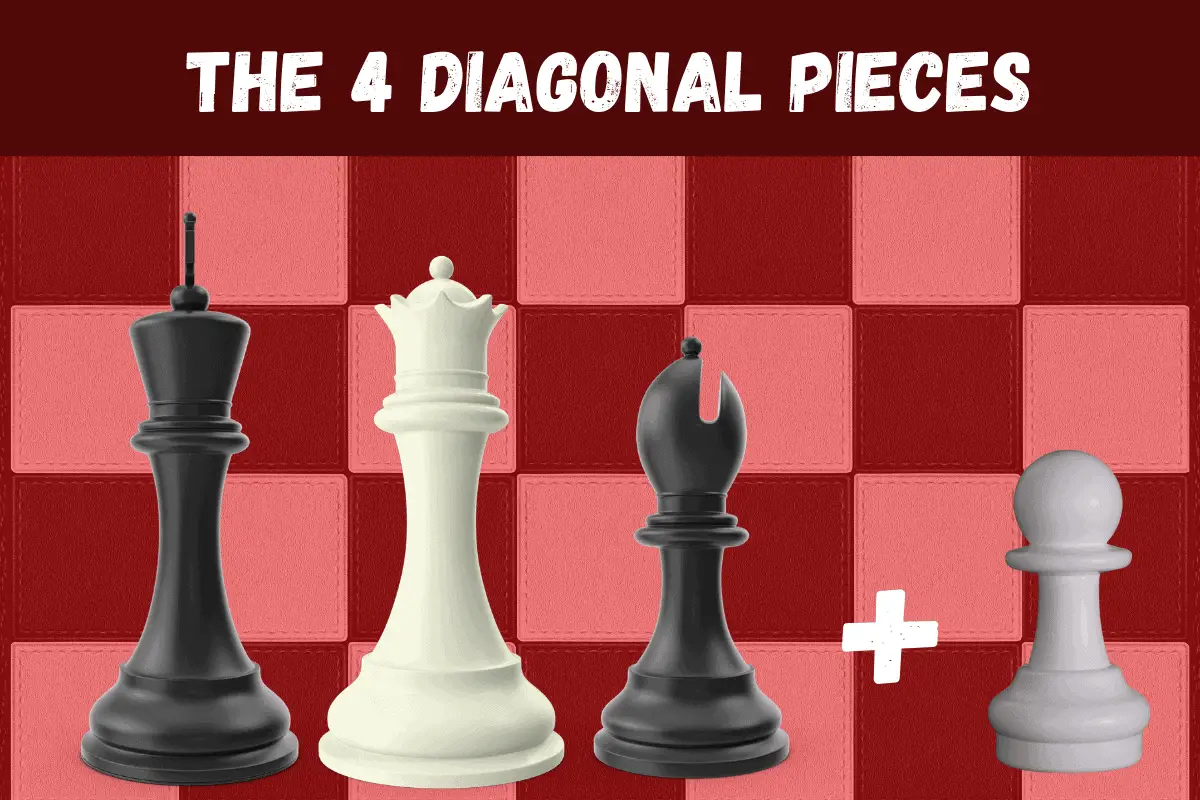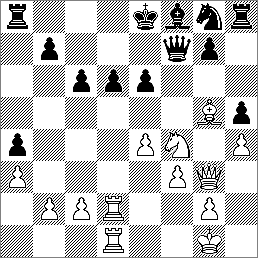
The pawn can capture the opponent's chess piece by moving a step diagonally. The pawns are like the foot soldiers in a battle, taking up the front row. Only on the first move do you have the choice of moving it two steps forward. The eight pawn pieces of a chess player move one step forward from the second move onwards.
#CHESS PIECE THAT MOVES DIAGONALLY HOW TO#
Players need to know what are the 16 chess pieces called and how to move them around the chessboard. Lastly, you must put the queens next to the respective kings. If you are the player who has taken the white pieces, place the king on a black square next to one of the bishops in the inner row, and the player with the black pieces places the king in a white square. Then, you place both knights next to the two rooks.Īfter the knights, the bishops take their place next to them in the inner row. The first or front row comprises eight pawns and the second or inner row has the other pieces arranged strategically.įirstly, the two rooks take up the two corners of the inner row. For each player, you need to arrange the chess pieces in two rows on the opposite ends of the chessboard as follows: Since playing chess can only happen between two opponents, the two sets of 16 chess pieces are each colored equally in black and white. Staunton chess pieces or sets are amongst the best, and even chess game championships use them. In total, 32 chess pieces get divided into two halves of 16 pieces each.

You have to play the chess game on a board comprising 64 squares colored alternately in black and white colors. Over the years, chess has undergone a series of evolutions, including changing chess figure names and different game moves.

However, it is a debate with no definite answer, and all you can do is believe in stories and legends. The most popular belief is that it originated in northern India.

The origin of the game of chess is often debatable, and some say it began in China, while others believe it started in India.


 0 kommentar(er)
0 kommentar(er)
